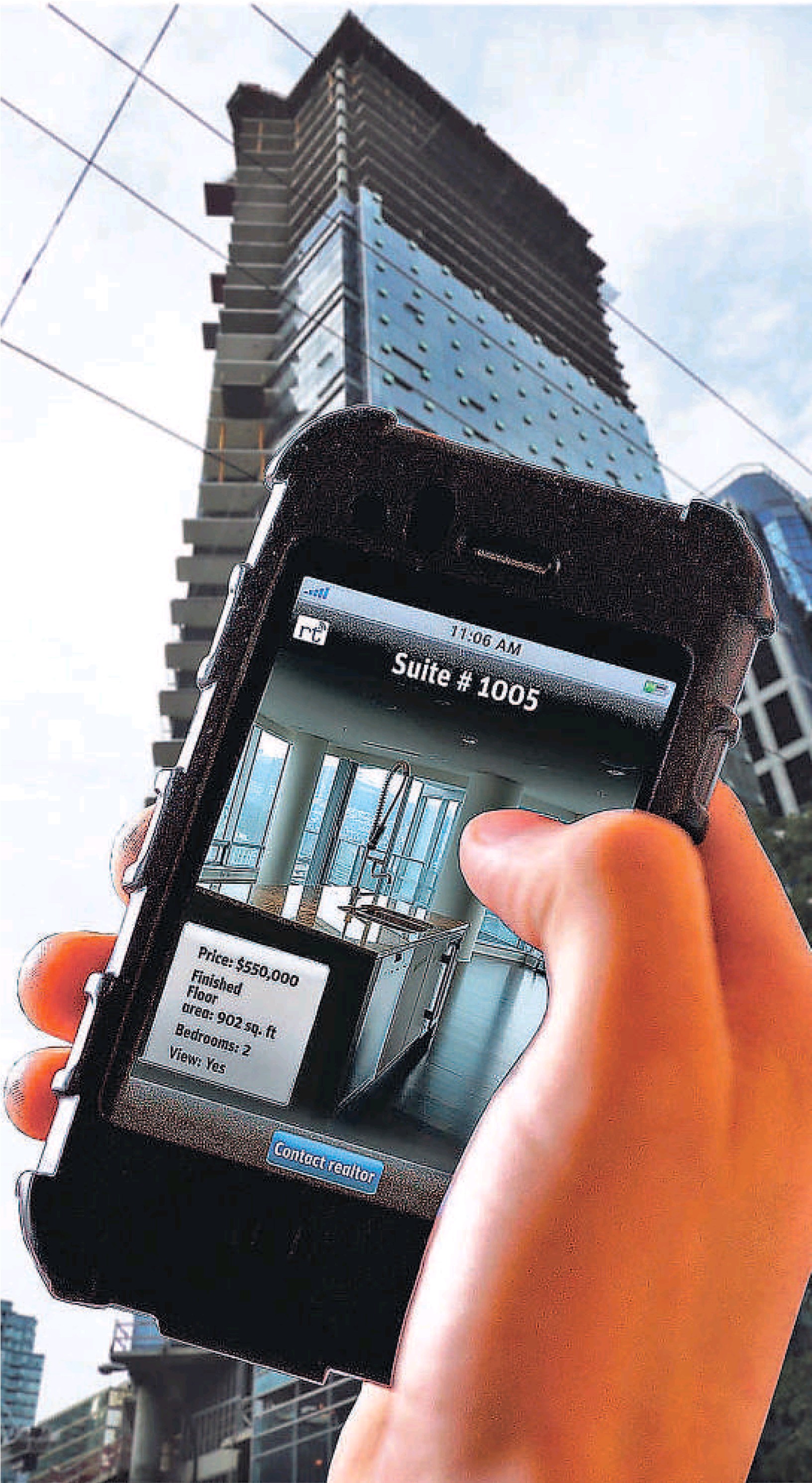Says she did not know she was dealing with an accused drug trafficker
Neal Hall
Sun

Gail Hewitt, owner of the residence on Laurier Avenue in Vancouver ws stunned to learn her possessions were seized.
The owner of a Shaughnessy heritage home was in tears after learning that all her worldly possessions had been seized by a bailiff and sold at auction.
Gail Hewitt is also angry that the man who has taken possession of her $2-million-plus home is an accused drug dealer, Robert Luigi Poloni.
Poloni holds a $600,000 third mortgage on Hewitt’s house, located at 1518 Laurier at the corner of Granville, which is in the midst of foreclosure proceedings.
Hewitt, who is living in California, said her neighbours called her about three weeks ago and told her someone had moved into her house.
Her neighbours took photos of two men on the property and she recognized them as Poloni and Robbie Della Penna, who were jointly charged with cocaine trafficking offences but were acquitted by B.C. Supreme Court Justice Peter Leask. The Crown has filed a notice to appeal those acquittals.
Neighbours called Hewitt again Sept. 10 to tell her that trucks had arrived on her property and were taking out her furniture and personal property.
Hewitt said the contents of her home were worth about $400,000.
“I had about $100,000 worth of clothes, fur coats, at least $50,000 worth of jewelry, furniture, a $40,000 grand piano and five oriental rugs, some worth $15,000,” she said in an interview.
She said it took her until last Thursday morning to track down the company, Active Bailiffs, that seized the goods. The company told her that everything was sold at auction the previous night by Love’s Auctioneers.
“I can’t believe it’s all gone and it’s all sold,” Hewitt said, crying. “There’s nothing I can do. Everything I own has been taken away from me.”
She said she has filed complaints with the law society against Poloni’s lawyer and a complaint against the mortgage broker, who arranged Poloni as a mortgagee, with FiCom — the Financial Institutions Commission of B.C.
She is upset that no one told her sooner where her furniture and possessions were being stored so she could retrieve them.
But Andrew Bury, Poloni’s lawyer in the foreclosure proceedings in court, said he had done nothing wrong. He said he notified Hewitt’s lawyer of the company that had seized the contents of the Laurier house.
“Her furniture was seized under a court order,” he said. “They’ve been held by Active Bailiffs all along and her lawyer has known that.”
Bury said he just found out “minutes ago” that Hewitt’s furniture and possessions were sold at auction. He also said he just learned, from Hewitt’s lawyer, about Poloni’s background as an accused drug dealer.
Asked if Poloni had a court order to take possession of the home, Bury said his client did not.
Asked if it was legal to take possession before getting a court order, Bury said: “It’s not a black and white issue…I say he had the legal right to do so.”
He said Poloni held a $600,000 third mortgage on Hewitt’s home on Laurier and another property Hewitt owned at 1964 West 33rd, which also went into foreclosure and was sold in a court-ordered sale for $1.25 million.
Bury said the mortgages on the West 33rd property exceeded the sale proceeds, so Poloni and others are still owed money.
He also pointed out that Hewitt was ordered to vacate the West 33rd property and failed to do so, but after she moved out someone trashed the house and removed the appliances and inside doors, causing tens of thousands in damage and repair costs.
Bury said Poloni moved into the Laurier Street home after seeing what happened to the West 33rd property.
Hewitt said she found her 33rd Avenue home trashed a few days after she moved into her Laurier heritage home on July 9.
That day, she said, her fiance, David Hamilton, was hit over the head by an unknown assailant inside the Laurier home and knocked unconscious, requiring him to be taken to Vancouver General Hospital by ambulance for treatment of a concussion and eight stitches to his scalp.
“I became increasingly fearful of my physical safety,” Hewitt said in an affidavit, filed in B.C. Supreme Court in the foreclosure proceeding.
On July 16, her affidavit says, Poloni came to the Laurier property and “threatened to torch my house. I was scared because I believed him.”
She states in her affidavit that Poloni and Della Penna came to the Laurier Avenue home on July 23, but Hewitt refused to let them in, fearing for her safety.
(Della Penna’s lawyer, Elizabeth Lewis, said: “Mr. Della Penna denies having ever met this woman and denies being there on that July date.”)
Hewitt said she didn’t know who she was dealing with until she Googled Poloni and found a Vancouver Sun article, which said Della Penna, a former boxer, testified at the 2003 trial of two Hells Angels that he had been a drug trafficker at the multi-ounce level since 1995.
She also said she has contacted police, alleging Poloni illegally moved into her house, but police said it was a civil matter that should be resolved in court.
When she and her partner moved to California, Hewitt says in her affidavit, she left a property manager in charge of the Laurier house in order to facilitate the foreclosure sale of her home.
She said she returned to her home on Laurier on Aug. 24 and found the locks had been changed. She knocked at the door and Poloni answered. “He threatened to kill me,” she said in her affidavit.
Hewitt’s allegations have not been proved in court. Bury said his client denies threatening Hewitt or threatening to burn down her house.
The lawyer said he plans to return to court Thursday to seek a final court order allowing Poloni to possess and own the home. First he will have to pay off about $1.7 million in first and second mortgages, Bury said.
Hewitt said she spent $800,000 in renovations to restore the Laurier Avenue property and got in over her head financially, causing her to lose everything.
She said she tried selling the Laurier home but the housing market collapsed. She did get an offer for $3.5 million last January, she said, but the deal fell through. She got another offer for $2.8 million, but that deal also fell through, she said.
Realtor Andrew Hasman now has the home listed for sale at $2.2 million, which Hewitt feels is undervalued.
© Copyright (c) The Vancouver Sun













